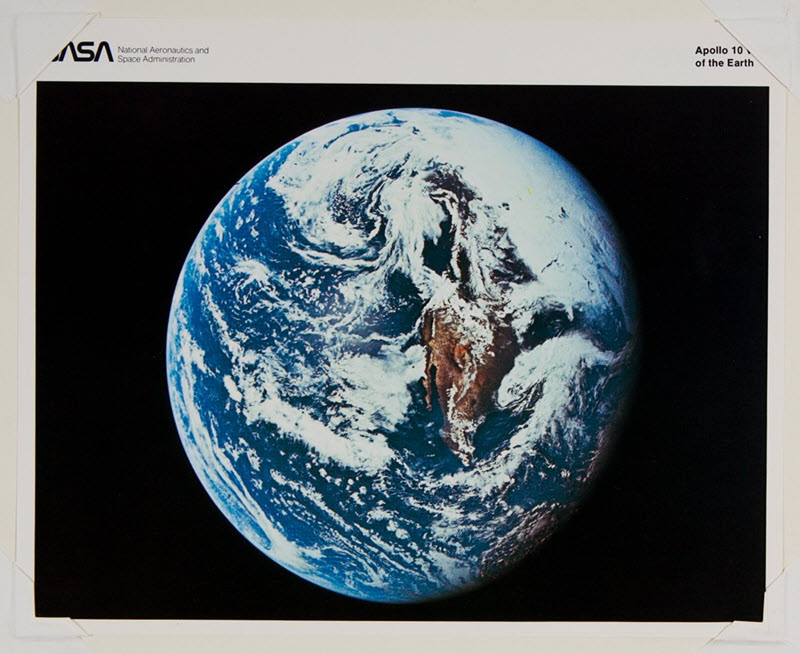What comes to mind when you think of sustainability? What about sustainable investing?
Earth Day and Sustainability
Perhaps you’re thinking of the kind of activities that are often brought up in articles about the yearly Earth Day celebration.

What about Earth Day?
Did you know that the first Earth Day took place in 1972? That’s when 22 million Americans came together in a grassroots community service event. Since 1990, that event has become global involving over 1 billion people. The impetus began with Rachel Carson’s book Silent Spring in 1962 about pollution in the United States.
That first Earth Day resulted in creating the United States Environmental Protection Agency and passing the Clean Air, Clean Water, and Endangered Species Acts.
Here are links to learn more about the EPA and Earth Day:
Earth Day Inspired Sustainability
With the focus on what each of us individually can do to protect the earth, Earth Day inspires activities such as those detailed in articles like Green Up your Finances for Earth Day and Celebrate Earth Day with 10 Ways to Save.
They list paperless statements, avoiding disposables, cooking at home, freecycling, driving less, becoming more water-efficient, planting trees, finding eco-friendly products, and making your home more energy-efficient.
>> See 9 Financial Resolutions for the New Year
Going back to the EPA site, you’ll find a thorough list of tools and resources to “help you learn and understand the issues and help you reduce your environmental footprint.“
>> Greener living ways to reduce your environmental footprint.
>> Frequent questions on green living. (Knowledge search)

What About Sustainable Investing?
How can you get more serious about nurturing planet Earth? And doing so in a way that allows you to do so as you invest? After all, investing is focusing on returns in the future. What greater goal is there than to ensure long-term sustainability for this planet over time?
Let’s explore the notion of sustainable investing.
According to Sustainable Investing,
“Sustainable investing is about investing in progress, and recognizing that companies solving the world’s biggest challenges can be best positioned to grow. It is about pioneering better ways of doing business, and creating the momentum to encourage more and more people to opt into the future we’re working to create.
Through the combination of traditional investment approaches with environmental, social and governance (ESG) insights, investors ranging from global institutions to individuals are taking a sustainable approach to pursuing their investment goals.”
And, the CFA Institute says about sustainable investing,
“Traditional investing delivers value by translating investor capital into investment opportunities that carry risks commensurate with expected returns. Sustainable investing balances traditional investing with environmental, social, and governance-related (ESG) insights to improve long-term outcomes.
In many ways, sustainable investing can be seen as part of the evolution of investing. There is a growing recognition among industry participants that some ESG factors are economic factors, especially in the long term, and it is, therefore, important to incorporate material ESG factors.
There are three critical elements of sustainable investing:
– Sustainable investing is additive to asset management theory and does not mean a rejection of foundational concepts.
– [It] develops deeper insights about how value will be created going forward using ESG considerations.
– Sustainable investing considers diverse stakeholders, consistent with how companies are developing.“
What Does ESG Represent?
ESG relates to three overarching factors: environmental, social and governance-related.
However, according to Sustainable investing is surging. How to decide if it’s right for you, there isn’t yet an agreed-upon definition for the terms although they are closely related. The article cites MSCI, a research firm, which details ESG factors as follows:
- Environmental: climate change, natural resources, pollution, and waste, environmental opportunities
- Social: human capital, product liability, stakeholder opposition, social opportunities
- Governance: corporate governance, corporate behavior
Beware Green-Washing in Sustainable Investing
Green-washing is unwarranted hype around sustainability to distract the investor from the fundamentals. Sometimes, this amounts to simply changing the name of a financial vehicle without making any substantial changes in holdings.
As the former BlackRock Sustainable Investing chief investment officer explains in an article titled Financial world greenwashing the public with deadly distraction in sustainable investing practices,
“In many instances across the industry, existing mutual funds are cynically rebranded as “green” — with no discernible change to the fund itself or its underlying strategies — simply for the sake of appearances and marketing purposes. In other cases, ESG products contain irresponsible companies such as petroleum majors and other large polluters like “fast fashion” manufacturing to boost the fund’s performance. There are even portfolio managers who actively mine ESG data to bet against environmentally responsible companies in the name of profit, a short-selling strategy. Risk managers are focused on protecting their investment portfolios from potential damages done by a worsening climate rather than helping prevent that damage from occurring in the first place.”
For that reason, as with all investment decisions, it’s critical to look for value. As described in Our Approach, buying at the right price is critical to achieving long-term returns with a margin of safety – even when the investment relates to sustainability. Modern value investing requires patience as it takes time for the price of a stock to reflect its underlying value.
Are You Ready to Commit Financially to Sustainability?
Sustainable investing that has nothing to do with green-washing is worth considering. That’s especially true if you feel strongly about the environment, climate change, and your presence on this earth. In fact, when done with integrity and sound modern value investing principles, it can make a difference. For example, it can shift funds away from those detrimental to the environment in favor of those that are more beneficial.
Here are three examples:
>> Barnard College Votes to Divest Endowment Money From Climate Change Deniers
>> Columbia University Announcement on Fossil Fuel Investments
Please don’t hesitate to reach out with questions.
Thanks for reading.
Download the Green Investing Information Kit
Note: This blog article is intended for general informational purposes only. Nothing in it should be construed as, and may not be used in connection with, an offer to sell, or a solicitation of an offer to buy or hold, an interest in any security or investment product.